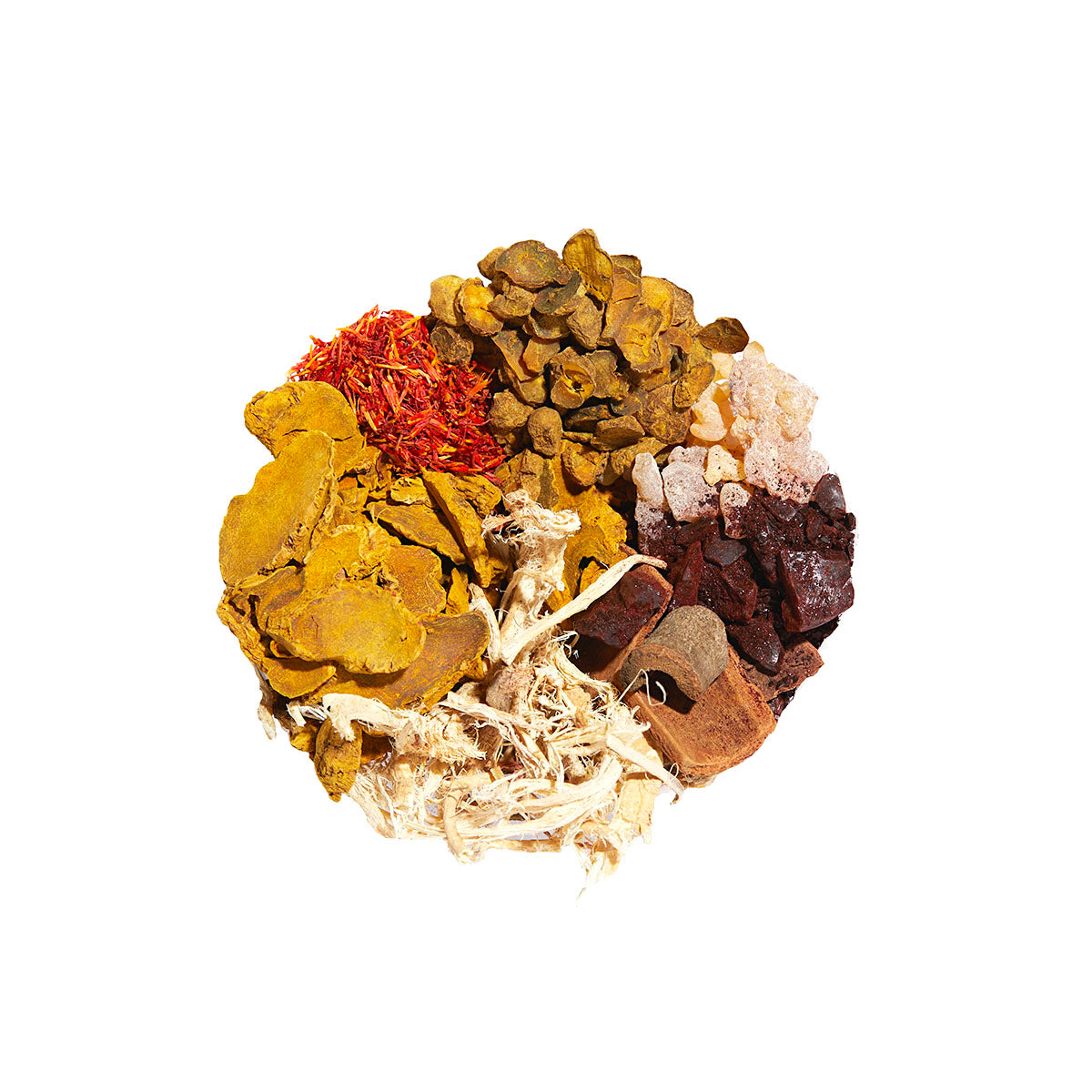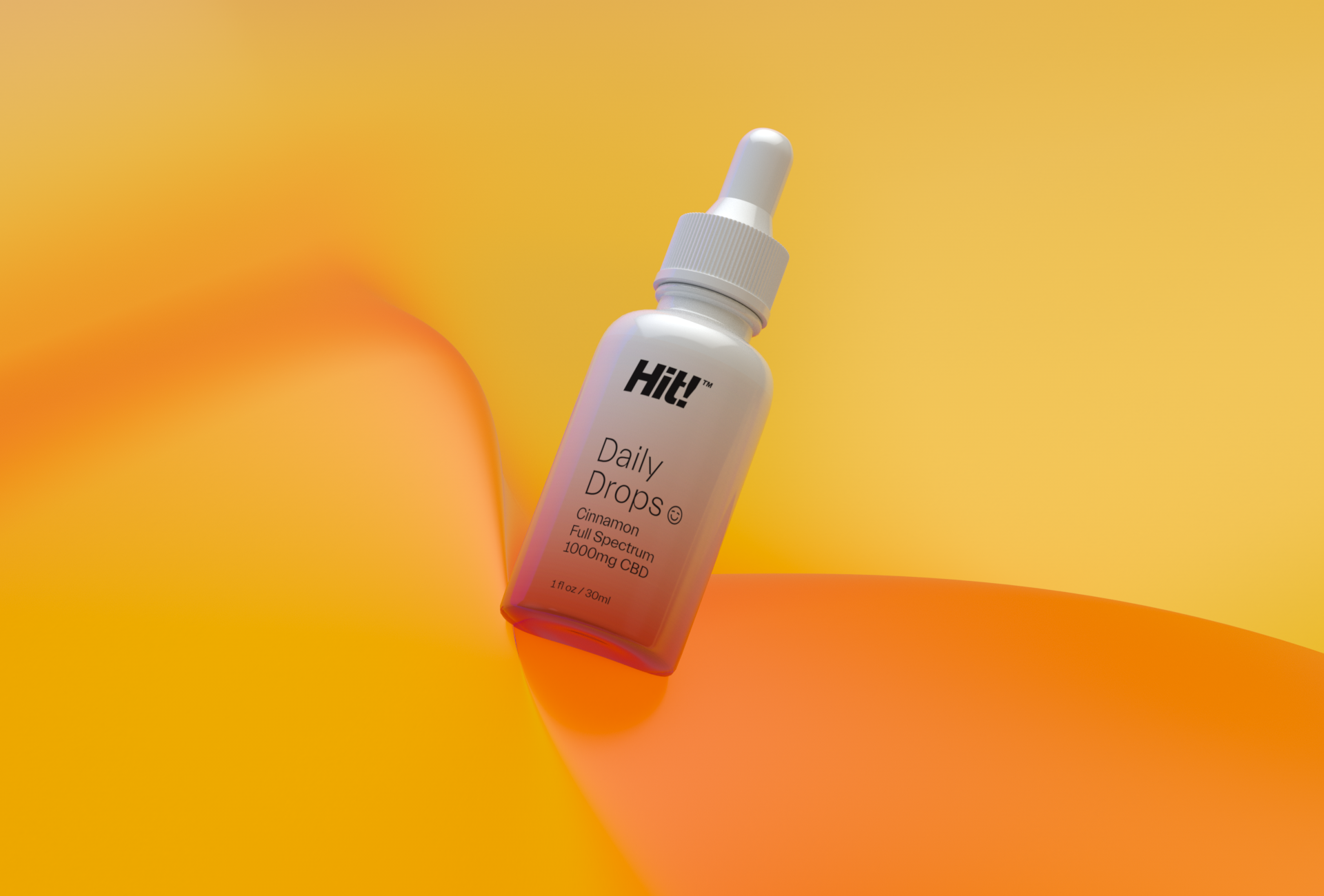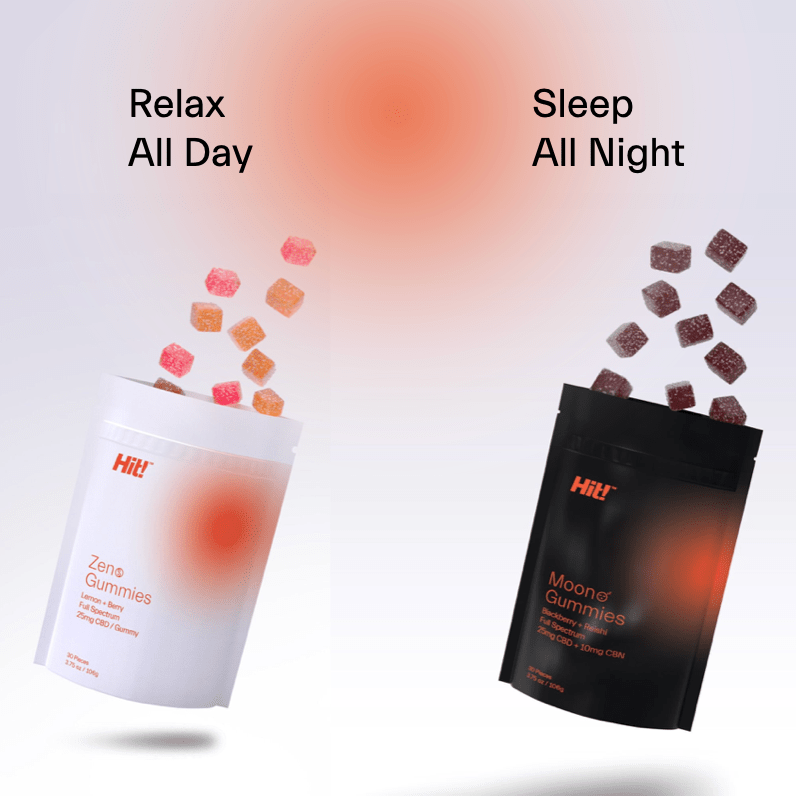9 amazing plants that fight pain and inflammation

If you’re struggling with pain, know that you are not alone. Over 50 million Americans wrestle with chronic pain and arthritis daily. Pain can often restrict mobility, fitness, and professional and social opportunities while increasing health and mental issues.
As a cancer survivor, I know how debilitating pain can be. I have dedicated the last 20 years of my life to helping others get through it as a Licensed Acupuncturist and Herbalist in Los Angeles, CA.
Here are nine amazing herbs that I use daily in my practice that you should consider.
Safflower (Hong Hua)
Safflower (Carthamus tinctorius L.) has traditionally been used to break up clots from traumatic injuries, as well as menstrual problems and joint pain. Also known as false saffron, recent scientific evidence has highlighted its role as an anticoagulant, in addition to being high in linoleic acid – an extremely healthy fat associated with improving heart health and reducing inflammation.
Angelica Root tails (Dang Gui Wei)
Angelica root tails (A. Sinensis) have long been popular in Chinese herbal medicine, reportedly helping hormonal balance, digestive support, and liver detoxification. Preliminary studies suggest potential anticancer benefits, relief of menopausal hot flashes, and arthritis relief. Perhaps most impressive is its benefits in wound healing. Angelica root tails seem to promote angiogenesis – or the creation of new blood vessels. This may be particularly beneficial for healing diabetic foot wounds, which typically heal slower due to blood vessel damage.
Notoginseng (San Qi)
Notoginseng (Panax notoginseng), also known as Chinese ginseng, is traditionally used to stop bleeding or reduce inflammation and associated pain – particularly around the joints. It's mostly unknown outside of Chinese health practitioners; however, its powerful effects are believed to be caused by blood vessel relaxation. Notoginseng may alleviate swelling and protect the heart by improving blood flow and lowering blood pressure. Potential uses include chest angina, stroke, or bleeding – further studies are needed, however.
Dragon's Blood (Xe Jie)
Dragon's Blood (Daemonorops Draco) comes from the red resinous secretion of the Croton lechleri tree – found in South America. In Chinese medicine, it's primarily used to stop bleeding and promote wound healing – it also alleviates pain. Dragon's blood is almost always given as part of a formula. Despite its mystical name, this herbal ingredient has been shown to have antibacterial, antispasmodic, anti-inflammatory, and analgesic benefits. It may also enhance immune function, promote skin repair, stop bleeding, and enhance blood circulation – truly remarkable!
Turmeric (Jiang Huang)
Turmeric (Curcuma longa) is renowned as a superfood. Chinese herbalists prescribe it for chest pain, rheumatism, abdominal pain, and a host of other conditions. It's also the strongest herb to treat shoulder pain. Curcumin – the active ingredient in turmeric – is a natural anti-inflammatory compound that benefits chronic diseases like diabetes, inflammatory bowel disease, and more. Turmeric can also increase your antioxidant capacity – reducing damage from free radicals.
Corydalis (Yan Hu Suo)
Corydalis (Corydalis yanhusuo) is a fibrous root with traditional benefits associated with reducing inflammation. It's regarded as the strongest herb in the Chinese pharmacopoeia. Such bold claims are increasingly backed by research. In a 2014 study, researchers isolated DHCB – an active compound in Corydalis – finding it was effective against inflammatory pain and injury-induced neuropathic pain in mice. These preliminary studies confirm what Chinese medicine has known for centuries.
Frankincense (Ru Xiang)
Best known for its Biblical connection, frankincense – a resin from the Boswellia tree – is used to reduce swelling and pain. Indeed, as the bible alludes to, it's often paired with myrrh. It turns out those wise men from the East were onto something. In a 2018 review, frankincense reduced osteoarthritis pain and improved mobility – though further research is needed. Moreover, it may also help improve asthma symptoms as compared to a placebo.
Myrrh (Mo Yao)
Most often paired with frankincense, myrrh (Commiphora myrrha), another dried resin, is also used to reduce swelling and pain and assist wound healing. Typically administered as oil; however, when burned in biblical times, in combination with frankincense, it purified the air. Indeed, preliminary animal research suggests myrrh directly kills bacteria and bolsters the immune system. Furthermore, myrrh also blocks inflammatory chemical production, preventing swelling and pain – and also seems to relieve headaches.
Helichrysum Oil
Helichrysum (Helichrysum italicum) stems from European traditional medicine. It's typically used for its anti-inflammatory, antifungal, and antibacterial effects. It also appears to help wounds heal more quickly. In one 2016 study, essential oils, like helichrysum, combined with antibiotics were more effective than antibiotics alone in preventing skin wound infections. It may also reduce muscle and joint inflammation when rubbed into a sore area.
Do they really work?
There's a lot of scepticism regarding traditional herbal remedies in our modern world. We prefer medicine to be more quantifiable and exact. However, the precise nature of herbal medicines – where multiple compounds work holistically and synergistically together – means identifying the exact mechanisms is often difficult. (But then, we're still discovering new mechanisms of action for acetaminophen.)
Nevertheless, studies of individual compounds have found numerous potential benefits. Peppermint tea, for example, is one of the best medicines for soothing IBS – a fact any good gastroenterologist will confirm.
Meanwhile, analyses of traditional herbal medicines for rheumatoid arthritis found numerous treatments produced substantial and beneficial reductions in symptoms.
How it's taken or applied
Traditionally, herbal medicines are not taken alone – with a few exceptions, which come in tea form. You'll typically find herbal remedies combined into tinctures or topical balms – like Hit! Balm. These topical balms are more direct, being readily absorbed into the affected area – and they also don't stress your liver and kidneys as much. They're particularly effective for sore or aching joints/muscles or open wounds.
How to dose
Topical balms are often used on an affected area once or twice a day. Tinctures require more direct advice, depending on the herbal combination. If you are interested in tinctures, feel free to contact either me or your local herbalist who'll be more than happy to advise. You can also try a free sample of these plant extracts in Hit! Balm.
I look forward to hearing whether these plants help you or if you've discovered others that provide relief.
Final thoughts
Plant-based remedies are usually much less studied than pharmaceuticals because they can't be patented and exploited by pharmaceutical companies. Therefore, companies have no incentive to conduct the expensive research necessary for FDA approval.
However, a growing body of anecdotal evidence is accumulating from real peoples' experiences as they rediscover nature's medicine cabinet. While it is always recommended to discuss your condition and its treatment with your doctor, it has never been easier to try natural pain relief for yourself.
Take care, Lawrence Miller, Founder Hit! Balm








Leave a comment